String Trimmer Buying Guide
September 28, 2022 by The Merovingian
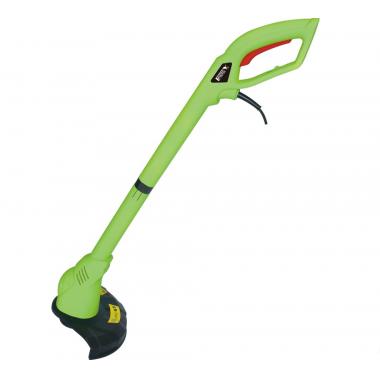
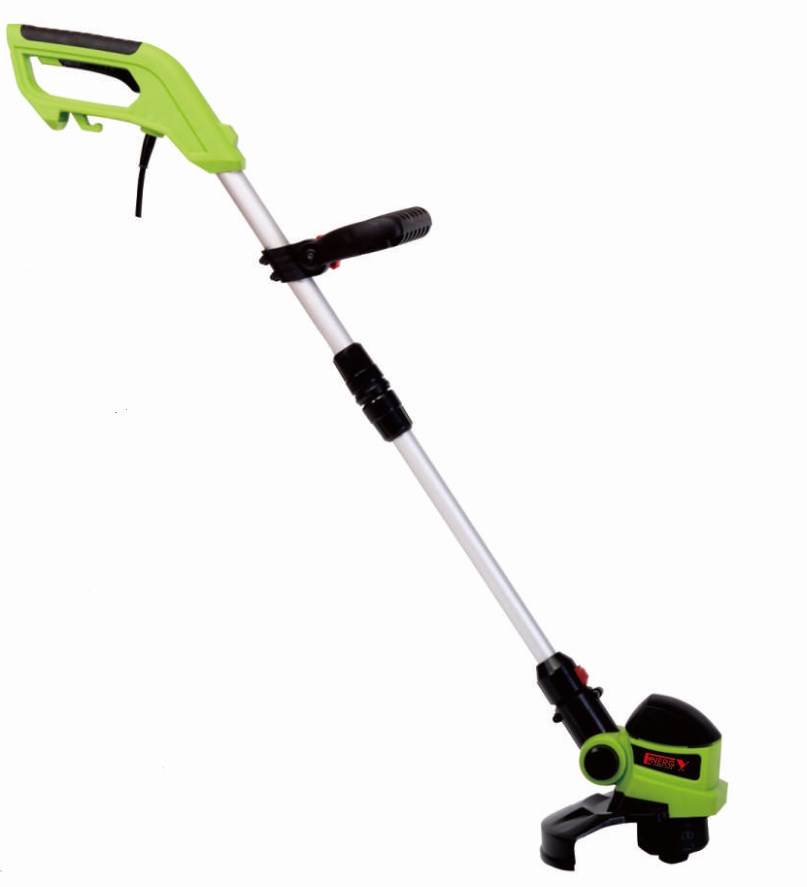
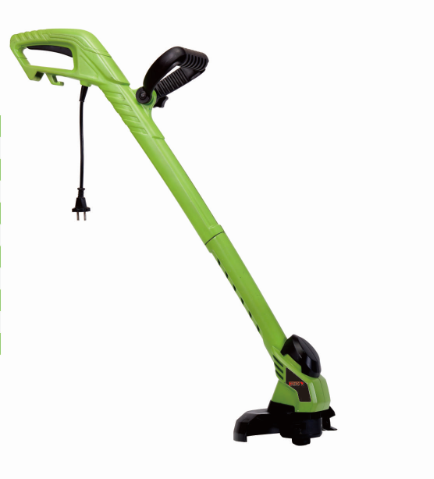
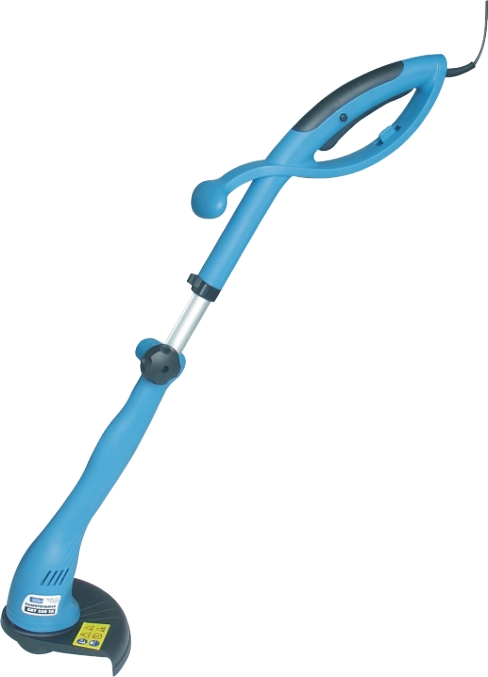
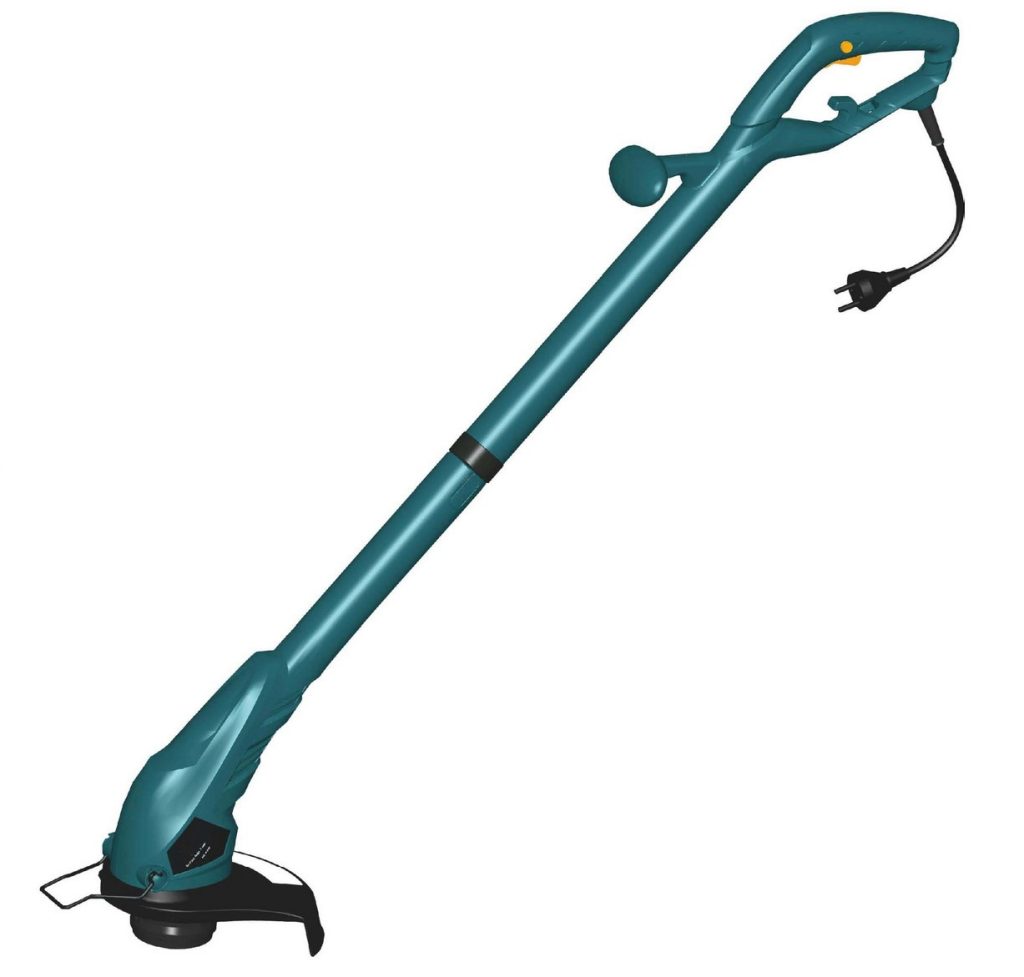
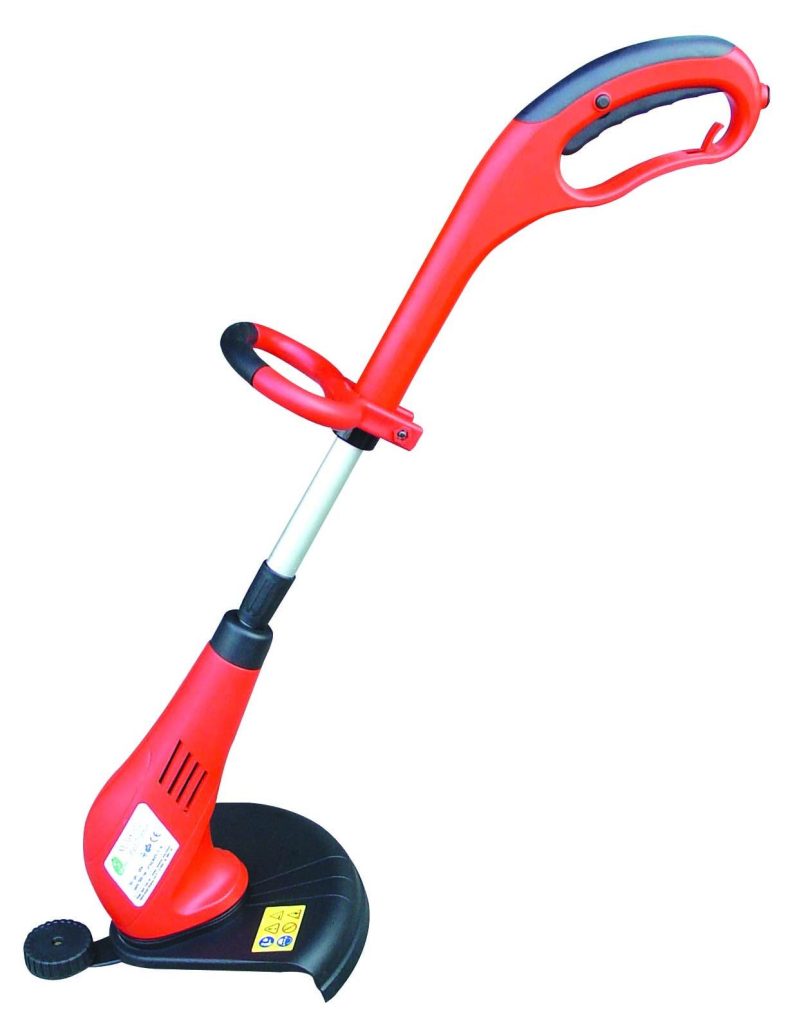

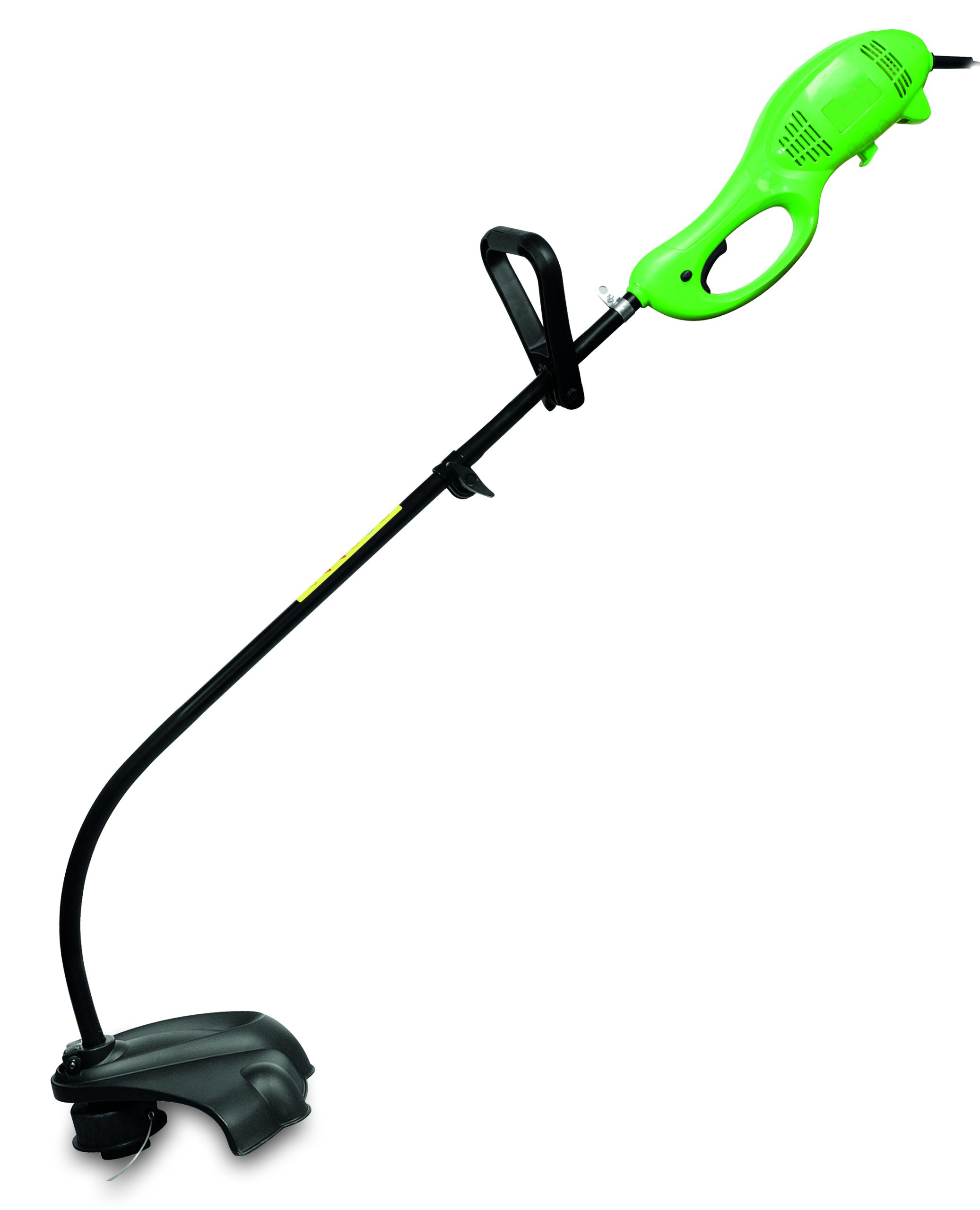
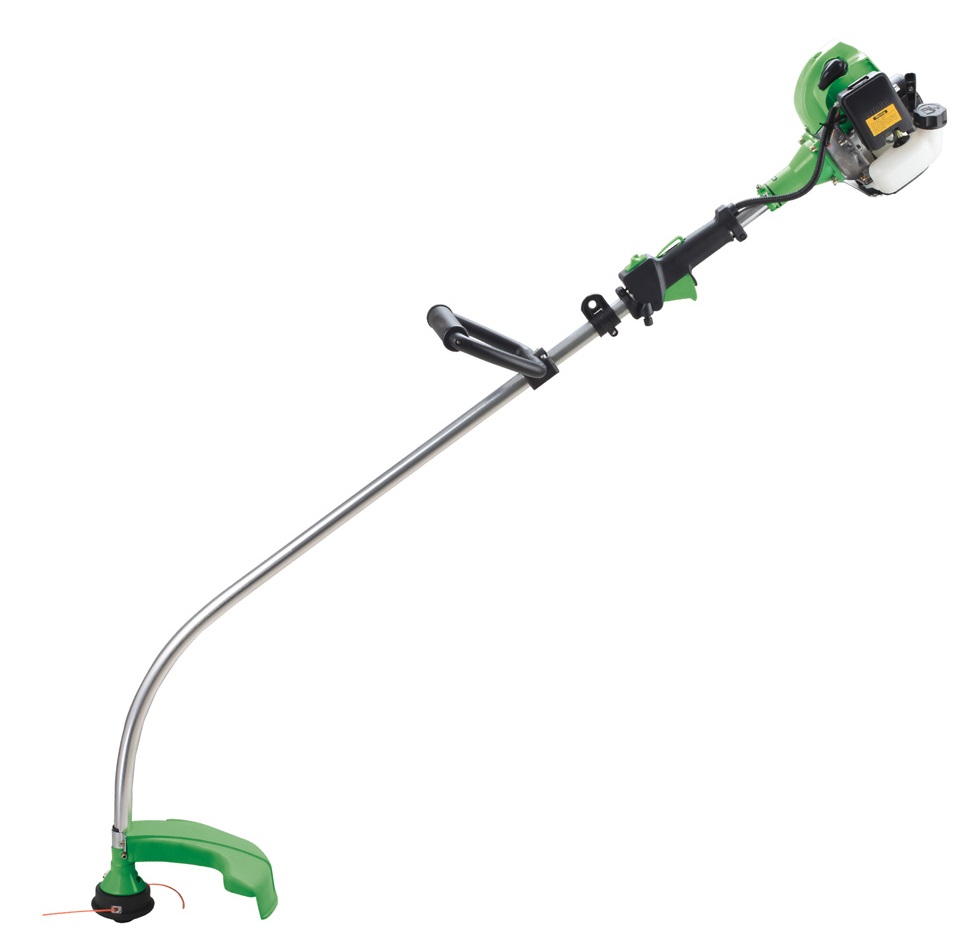
Trimmers are a useful tool for every gardener. With their help, you can take care of your lawn to perfection. They’re suitable both for those parts of the plot that you can’t reach with a conventional mower and for the maintenance of large or sloping areas. In such terrain, you would find a conventional rotary mower very difficult to handle; string mowers are more maneuverable.
String mowers are ideal for finishing work and tidying up after flat grass cutting. These are usually relatively lightweight and more compact machines, helpful in mowing hard-to-reach corners or the lawn adjacent to a house or driveway.
In this article, we’ll take a step-by-step look at the drive types of string mowers, their specifics, and powertrain performance, then we’ll look at mower head types, string width, string characteristics, and last but not least, additional features and accessories. Finally, we will also look at the price ranges of these products on the market.
How to choose a strimmer/trimmer in a nutshell:
- Drive – Depending on the intended use and conditions, select the type of drive. There are weaker electric and cordless strimmers suitable for finishing work. Petrol ones are more powerful and suitable for thicker vegetation or areas without access to a power outlet.
- Power – Petrol mowers reach over 1,000 watts, and electric and battery mowers are generally weaker (in the hundreds of watts range).
- Cutting range – Closely related to power. Weaker machines cut a circle 8 inches (20 cm) in diameter, with powerful ones you can get up to 20 inches (50 cm).
- String – For the string, choose the appropriate thickness, material, length, and profile. However, these should always be the parameters recommended by the manufacturer. Also, consider the unwinding system of the string.
- Comfort – Depending on your needs, look at whether the strimmer has the option of adjusting the angle of the cutting head, the ergonomics of the grip, or whether it’s too heavy.
- Accessories – Of course, accessories and features play a role in your choice. Accessories include, for example, a strap, tools, running wheels, and so on.
- Price – The price factor will also help in making the final decision between similar models.
- Manufacturer – Some manufacturers have a better reputation than others. If you come across products from manufacturers such as Stihl, DeWALT, Hitachi, or Makita, the products will be more expensive but also of significantly better quality.
Designation of string mowers
String mowers aren’t suitable for maintaining large garden areas. They don’t allow you to control a straight and precise cut of the lawn. In addition, the mechanism of the rotating mower head with the string leaves the ends of the blades frayed and the grass stressed and brown. In addition, this type of mower doesn’t even come with a collection basket, so the grass still has to be raked and carried out separately after mowing.
| Mower type | Advantages | Disadvantages |
| String mowers | + Good storage and low cost + Suitable for rough and rugged terrain | – Must be carried in the hands – Damage grass blades |
| Brushcutters | + More versatile than string mowers + Can handle brushes or branches | – Higher weight – Higher purchase price |
| Rotary mowers | + Bulkier equipment + Relatively fast working + Affordable purchase price | – Requires flat surfaces – Take up a lot of space – Doesn’t cut details (e.g. around fences) |
| Spindle mowers | + Increase the quality of the lawn + Without a drive they’re noiseless + Low purchase price | – Mowing is slower – Usually requires manpower – Don’t mow details (e.g. around fences) |
| Garden tractors and riders | + Very fast work + For large lawns + Ability to carry heavy loads | – Take up a lot of space – High purchase price – Doesn’t mow details (e.g. around fences) |
Rotary mowers are much better for mowing large, flat areas, while spindle mowers are suitable for smaller lawns. For really large lawns, garden tractors can also be used. We’ve covered all these indispensable garden tools in special tests and comparisons. String mowers, on the other hand, are invaluable in meadows where you couldn’t get around with a mower and mowing would take too long.
A string trimmer or a brushcutter?
String mowers are related to brushcutters. Brushcutters are more powerful devices, most often with a petrol drive and universal use. The cutting head of a brushcutter can be replaced by a whole range of accessories. In addition to the string, mower blades, blades, or even saw blades for woody vegetation can be fitted.
String mowers have a lighter construction and lower power, which is also why you can’t turn it into a brushcutter with a blade head so easily. In fact, even a weaker engine is enough for their primary use, which is to finish the grass. While strong petrol engines are the mainstay of brushcutters, the predominant models for string trimmers are electric and then cordless models. The lower purchase price and easier maintenance play in their favor.
Drive types
There are three types of drives for string trimmers:
- Electric
- Cordless
- Petrol
As we have already mentioned, unlike brushcutters, electric models are the most popular on the shelves, followed by cordless models. There are fewer petrol machines, and the high power isn’t so useful when just cutting grass. The exception is for mowing meadows and urban areas, where the higher power can be used by workers.
Electric string mowers/trimmers
Electric string mowers are the best-selling type. They’re easy to use and maneuverable, but the disadvantage is that you always have to take into account the need for an electricity supply and the purchase of sufficiently long extension cables. As strimmers are often used in remote corners, the need for a constant supply of electricity can be problematic. In addition, you must be careful not to inadvertently damage or cut the power cord.
This type of mower is lightweight and the big positive is the lower noise level, so you won’t disturb the neighbors as much when gardening. What’s more, these machines are easy to maintain and also come with a lower purchase price. However, you have to take into account that you won’t get as much performance from them as you would with a petrol mower. They’re often designed for occasional and shorter use, as they have an overheating safety that stops the machine if used for longer periods.
Cordless lawn mowers/trimmers
Battery-powered string trimmers eliminate the biggest disadvantage of the electric type – they don’t need a continuous supply of electricity. Simply charge the battery and insert it into the machine. But of course, there remains the limiting factor of battery capacity. With a cheaper cordless mower, you can work for about a quarter of an hour, while more advanced models can mow for 45 minutes.
The absence of an electric cable means much more comfort and freedom of movement, you can reach even the most remote parts of the garden. They’re excellent in difficult-to-reach terrain. In addition, there’s no danger of damaging the power cord. Cordless string trimmers are suitable for maintaining smaller areas, they’re also weaker than electric and petrol types of these garden helpers. They’re also typically more expensive.
Accumultator programmes
The undeniable advantage is that batteries can usually be used in other machines of the same brand, such as saws, leaf vacuum cleaners, rotary mowers, and so on (this system is sometimes called a battery or accumulator program). Therefore, in such cases, it’s a good idea to have, say, two or three batteries and then rotates these in different tools. You can then continuously recharge the currently unused batteries.
On the other hand, when buying cordless mowers, you should be careful whether they come with a battery and charger. It may be that for the listed price of the mower, you only get a machine without these components, which is logical because otherwise, you could have a large number of unused batteries and chargers of the same brand at home. However, when you first buy one, you can expect the cost of the complete equipment to double compared to the base price of the product.
Petrol lawn mowers/trimmers
Although there are fewer petrol string trimmers on the market, they certainly have their place. They have a really high performance compared to the previous two types and are especially suitable for long-term daily use. They’re not ideal for the occasional mowing of lawn edges and inaccessible areas.
Purchase prices are up to $500, the downside is also the need to refuel, generally more expensive operation, and also undoubtedly high noise levels. The higher weight can also be considered a negative feature. The advantage is the freedom of movement without cable constraints and you don’t have to worry about the battery capacity.
Petrol-powered devices are more prominent among the previously mentioned professional brushcutters, which also cut thicker bushes and grass. Massive power is more important in these jobs.
Power
When buying a strimmer, performance is one of the main parameters. It’s most often quoted in watts (W) and kilowatts (kW), or in horsepower (HP). To give you an idea and a comparison, one kW equals approximately 1.35 HP.
As we have already mentioned, string trimmers don’t need as much power as, for example, brushcutters to cope with coarser shrub trunks. For string trimmers, the lowest power levels start at around 250 W. Better machines can reach over 1,000 W.
| Power | Mower type | Use |
| 250 to 600 W | Electric and cordless | Basic garden helper for small areas |
| 600 to 1000 W | Electric and cordless, marginally also petrol-powered | Higher-quality models with more endurance, also suitable for larger areas |
| Above 1000 W | Mainly petrol, exceptionally electric and cordless | Extra powerful machines on the borderline of brushcutters, suitable for long and regular work on larger areas with mature grass and shrubs |
Remember that electric or battery-powered lawnmowers often have a limited continuous start time due to the overheating safety device. They’re therefore suitable for smaller jobs, while petrol ones are suitable for more frequent use.
Mowing range
The reach of a string trimmer often corresponds to the performance of the model. It’s a parameter that informs about the width of the diameter of the circle that the string describes when turning. String mowers aren’t suited to mowing very large areas and therefore tend to fall short when compared to the reach of conventional rotary mowers. Normal string travel values range from 20 centimeters for less powerful electric and cordless models to 35-45 centimeters for more powerful machines.
Mower string
As the name suggests, one of the most important parts of a string mower is the string. The entire mowing mechanism is based on the rapid rotation of the mower head equipped with a spool of a wound string. It’s in this aspect that different models and types of string mowers can differ from each other.
String specifications and specialties
Choosing a mower string can’t be rocket science, do you think? The opposite is true, there are many options and the right choice makes all the difference to the efficiency of your work. You must also take into account the intended use, i.e. the type of grass and vegetation to be cut, or the power of the string mower in question.
Some manufacturers try to replace the strings with small plastic blades that you attach to a specially designed mower head. This is a kind of transition between a brushcutter and a string trimmer, as the blades are more durable and can cope with rougher handling.
You can choose the blade according to several factors and parameters.
Diameter
It’s advisable to follow the instructions in the mower manual. The diameter of the string has a lot to do with its hardness, but also its weight, so you need to consider whether you have enough power for the string. The design of the mower head is also another factor. The diameter of the string can reach up to 0.15 inches (4 mm). If you use a thicker string than is appropriate, you’re putting unnecessary strain on the engine, shortening its life. A string that is too thin will wear out very quickly.
Material
The basic materials for the production of mower string are based on a plastic base. Nylon or special thermoplastics are used. But to increase durability, string manufacturers come up with gadgets like combining several materials with a very durable core, or even string containing aluminum parts that are able to dissipate heat. Another interesting alternative is a material that decomposes quickly in the soil.
String length
Nowadays, users don’t have to worry too much about the length, as the string cuts itself with a special trimmer on the edge of the mower deck. This cuts the string to the ideal length as soon as the mower head is turned. Only a properly shortened string has the right physical properties for efficient use. In terms of overall length, you can generally say that you’ll wind 10 to 16.5 feet (3-5 m) on the spool. For mowing small areas, a shorter string is sufficient, for larger areas the consumption will increase.
Profile
Manufacturers offer a wide range of string profiles, i.e. string cross-sections. The basic type is the round profile, which is durable but cuts harder than sharper profiles. The square section cuts better, but it’s a good idea to choose strings made of more durable materials. Generally speaking, star strings cut most efficiently, as they cut the grass and don’t beat it up. The range of shapes is really large, some strings are even helix-shaped, and so on.
TIP: With a sharp string, you won’t damage the grass as much and the lawn looks better.
Storage
Also, pay attention to storage. It’s not a good idea to buy a lot of strings to stock up, because even good quality pieces have a shelf life, after which they lose their properties and degrade. In addition, it’s not a good idea to leave strings in a place where the temperature and humidity change frequently. If you store the string poorly, it’s more prone to breaking, and it’ll be lost during mowing.
TIP: Store string in the shade over the winter at a steady temperature above 10 °C, soaked in water. It won’t lose its properties and won’t become brittle.
Single- and twin-string mowers
In addition, it’s important to consider whether the mower is a single-string version or the more common two-string format:
- Single-string mowers – Only one end of the string comes out of the rotating spool on the cutting head, which is more suitable for wet and soft grass.
- Two-string mowers – This is the type you’ll find most often in stores, the cutting string comes out of two opposite points on the spool, so the mower head is well balanced when turning and also significantly more efficient when mowing.
Interesting fact: You’ll also occasionally find other versions of mower heads on the market, for example, four-string mowers.
Unwinding and changing the string
In the search for the most convenient use of string mowers and maximum working comfort, manufacturers have devised ingenious solutions for unwinding the string. The string can be considered a real consumable, as it hits various harder objects and wears out when the mower is in use. By its very nature, the string can’t withstand comparable loads as, for example, a brushcutter blade.
As the string continually hits rocks, branches, fences, curbs, or thicker grass, its strength diminishes, weakens, and pieces gradually break off. It’s therefore necessary to pull the new and unworn part of the string out of the spool. String unwinding systems are used for this purpose.
There are two main systems of string unwinding:
- Semi-automatic (tap and go) – A certain length of the string is unwound from the spool after the user taps the mower head on the ground, for example.
- Automatic – The string unwinds automatically to its maximum length, which increases the efficiency of mowing because you always have the string just right.
However, the spool of the string isn’t endless and after a certain period of time, a new one must be bought and replaced. You can either buy a whole new spool of machine-wound string and simply replace it in the mower head, or you can just buy a new string and wind it onto the spool already in use in your string mower. This solution is cheaper but requires a little extra work.
Cutting head angle
Another important and useful feature of string trimmers is the adjustability of the cutting head angle. Most models offer this function. It’s the ability to release the fixed mower head from the joint and turn it along the shaft axis.
This can compensate for height differences between users – a taller person may prefer a different cutting head angle to a shorter person. This function is also useful when mowing on sloper or, for example, if you want to turn the head fully 90° and mow perpendicularly with it to align the edges of the lawn.
Handle
When buying, also decide how you like to hold this garden tool. This affects its overall ergonomics. As this is usually a relatively lightweight device, you’ll often find a so-called handle, sometimes referred to as a D-grip, on individual models. This is a simpler and more compact solution. The handle tends to be at the end of the instrument and another one is placed on the bar. The two handles then provide the user with relatively comfortable handling.
If you’re planning on buying a heavier (usually petrol) device, you’ll probably find a handlebar-shaped grip on it. The mower is then suspended from your body by a strap, with a perpendicular handlebar on the shaft. This makes operating the heavier mower very comfortable and maneuverable.
The correct handling of the strimmer is also aided by the telescopic handle or telescopic attachment, which some manufacturers offer on their products. This is an ideal solution if the mower is handled by people of different heights, who simply adjust the length of the machine to suit their own discretion and comfort. A shorter unit will be useful if you’re pushing through dense undergrowth, while a longer pole will help in inaccessible places you’d otherwise struggle to reach.
Weight
As we’ve already mentioned, string trimmers, especially electric and cordless ones, are generally lighter in weight than conventional mowers or related brushcutters. The weight varies from model to model, but it can be said that the most common weight of string mowers is between 3.3 to 11 lbs (1.5 and 5 kg). Heavier professional petrol models exceed this limit and can weigh around 22 lbs (10 kg).
Accessories and safety
You can make using your string trimmer easier with some accessories. In addition to the aforementioned swivel head or telescopic handle, these accessories are the main ones:
- Running wheels – You can also attach lightweight plastic wheels to the shaft of the strimmer to make the grass cut more precise and you don’t have to carry the full weight of the machine all the time. You can get plastic wheels or a whole special chassis with more wheels. This improver is particularly suitable for small, flat areas.
- Support glide – If you want to use the strimmer for vertical mowing, you can use the side wheels, but there is also the option of a special support glide. This is a metal hat that slides along with the mower on the grass.
- Spare string or blades – It’s not nice when you set aside time to tidy up your garden and then find you don’t have a long enough string. It’s a good idea to keep one in stock, larger quantities aren’t worthwhile due to their limited shelf life. To use more powerful machines for heavier mowing and bush trimming, it’s a good idea to have a special blade on hand that will turn your mower into a brushcutter in no time.
- Strap – Used to hang the mower directly on the body (most often the arms). The weight is thus spread out and the hands can easily manipulate the device.
- Tools – Without a doubt, especially with more complex models, it’s essential to get the right tools and accessories to maintain the mower or, for example, to replace the string or the entire mower head.
Last but not least, keep yourself and the people around you safe when using the strimmer. A piece of the string can break off, or the string can knock a solid object off the ground (such as a stone), which can also bounce dangerously. You should therefore always wear safety goggles as well as sturdy closed shoes.
Be aware not only of people in your immediate vicinity but also of surrounding property. A blasted stone can have enough energy to break a nearby window. For petrol models with higher noise levels, protective headphones are also not a bad idea.
If you’ve bought a two-string mower and have decided to wind the string yourself, but don’t know how to do it, the following points will help you (the principle of winding is mostly similar):
- Disconnect the string trimmer from the power supply, remove the battery or disconnect the spark plug.
- Remove the mower head from the strimmer and turn the mower deck so that it’s ready for winding. In most cases, the correct position is indicated by the arrows, which must point toward each other. This will release the winding holes.
- The ideal length of a new string is 10 feet (3 meters). Before inserting the string into the hole, it’s a good idea to mark the approximate center of the string in the middle of its length.
- Grasp the cutting head and push one end of the string through the winding hole (you may need to squeeze the inner disc). Pull the string through the opposite hole.
- Then pull it so that a piece of approximately the same length sticks out of both holes (you can tell by the mark on the string).
- Once the string is stretched, start winding the disc until only the ends of 6 to 8 inches (15 to 20 cm) are sticking out of the cutter head. The mower guard takes care of the precise shortening.
Occasionally, the string doesn’t pass easily through the cutting head. On older and worn machines, the guide grooves become bent and clogged with clutter and the string can’t be threaded through. The head must be dismantled and wound by hand. You have to disengage the stops by squeezing them (beware of losing some components such as the spring and so on) and pull the reel out. If the headstock is dirty, wash it with water and a brush (not a steel one).
There are guide grooves with holes on the inner disc, insert the string (again with the mark in the middle) into these grooves halfway up the length. Both ends have a channel where you wind the string. Turn the reel and wind the string in the direction of the marked arrow (both ends in the same direction). Be careful not to unwind the string.
Then insert the ends of the strings into the locking grooves on the edge of the head. To put the whole unit back together, thread the string through the holes in the main cover of the mower head. Finally, pull slightly on both ends to release the string from the grooves, again leaving 6 to 8 inches (15 to 20 cm) at each end.
Frequently asked questions about strimmers/trimmers
How and which strimmer to choose?
First of all, it’s important to remember that a strimmer is designed for finer and finishing work, if you want a machine more suited to pruning shrubs and growth, then you’re more likely to reach for a brushcutter. Compared to these, a string trimmer has less power, but it will also find its use. With these garden helpers, it’s a good idea to determine what kind of drive you prefer. The most common are electric, which have decent power but are limited by the cord. This disadvantage is eliminated by cordless models, but with them, you have to think about recharging.
Electric and cordless models can deliver just over 1,000 watts, but weaker machines are also available for basic work. An important parameter is the cutting width, which affects the speed of operation. It ranges from 8 to 20 inches (20 to 50 cm). The choice of the appropriate string, especially its thickness, is also a factor. There are single-string and double-string models. The better models offer comfortable handling, for example, the possibility of tilting the cutting head is good. You can choose between different types of handles, handlebars are popular, but a D-grip, or handlebar, is also often found. Comfort is certainly linked to ergonomics and weight, which should be reasonable.
When choosing, you might also be persuaded by the breadth of accessories, and you’ll be pleased to see the possibility of replacing the cutting head with a knife head, or a strap right in the basic equipment, a spare blade, and so on.
What’s the difference between a strimmer and a brushcutter?
Both machines are very similar in appearance and both are invaluable in different nooks and crannies. However, a brushcutter has much more power and is usually petrol-powered. It’s therefore more suitable for cutting shrubs and unruly herbs. String trimmers are primarily designed for finishing after grass cutting. Due to their lower power, they also boast a lower price and easier maintenance.
How to choose a suitable string?
The string is the most important part of the trimmer and therefore adequate attention must be paid to its selection. Focus on the parameters of diameter, material, cross-section, and length. More detailed parameters and information on the correct storage of strings are contained in this chapter.
What other accessories can be purchased?
The trimmer can be equipped with additional accessories for better comfort and use. If you’re mowing on flat ground, you can attach running wheels to the mower, or use the shoulder strap on more difficult terrain. If you need to cut harder brush you’ll appreciate the thicker blades, with additional equipment to keep up with regular maintenance.
